If you haven’t heard the word “biohacking” by now, you might be living under a digital rock. In 2025, brain biohacking is all over TikTok, podcasts, and wellness blogs. It’s not just for tech bros or Silicon Valley CEOs—everyday folks are getting in on the action. Why? Because in a world full of distractions, high stress, and endless hustle, people want an edge.
Enter nootropics—the supplements, smart drugs, and natural compounds that claim to boost your memory, mood, energy, and overall brainpower.
What Is Biohacking, Really?
Biohacking is all about taking control of your biology with tools, tech, and lifestyle tweaks. It’s about optimizing your brain and body to work smarter, not harder. For some, it’s blue light glasses and intermittent fasting. For others, it’s custom nootropic stacks, sleep gadgets, and morning cold plunges.
At the heart of brain biohacking? Nootropics—little upgrades you can integrate into your daily grind for more focus, sharper thinking, and a better mood.
Trending Keywords for Nootropics and Brain Health
Wanna go down the rabbit hole? Search these terms:
-
Biohacking nootropics
-
Smart drugs for focus
-
Nootropic routine
-
Best nootropics for energy
-
Cognitive enhancement supplements
-
Nootropics for memory

What Are Nootropics? The Basics for Beginners
Let’s clear something up: nootropics aren’t all “limitless pills” or mystery chemicals cooked up in a lab. Some are as natural as a cup of green tea. Others come in the form of carefully dosed, science-backed blends.
In short, nootropics are substances that support your cognitive function—think memory, focus, motivation, learning, and even creativity.
Natural vs. Synthetic Nootropics
-
Natural nootropics: Think herbs like Bacopa monnieri, Rhodiola rosea, ginseng, or classic caffeine and L-theanine from tea leaves. These often have fewer side effects and centuries of traditional use.
-
Synthetic nootropics: Lab-created compounds like noopept, modafinil, or racetams. These are usually more potent, but not always as well studied for long-term safety.
Common Brain-Boosting Benefits
-
Enhanced focus: No more “wait, what was I doing?” moments.
-
Memory support: Retain what you learn, remember where you put your keys, and ace that exam.
-
Mood and motivation: Some nootropics boost dopamine or serotonin, helping you feel more positive and driven.
-
Neuroprotection: Certain compounds may protect your brain from stress, aging, or mental burnout.
The Science Behind Brain Optimization
Why do some nootropics work so well? It’s all about the brain’s natural chemistry.
Neurotransmitters, Focus, and Memory
-
Acetylcholine: The “learning neurotransmitter.” Many nootropics boost acetylcholine to sharpen focus and memory.
-
Dopamine and serotonin: These affect your mood, motivation, and resilience—nootropics like L-tyrosine or mucuna pruriens help support these.
-
BDNF (Brain-Derived Neurotrophic Factor): This is like Miracle-Gro for your brain—some nootropics and adaptogens may increase BDNF, encouraging neural growth and plasticity.
Research-Backed Nootropic Ingredients
-
L-theanine + caffeine: The classic combo for clean energy and focus, minus the coffee jitters.
-
Bacopa monnieri: Used in Ayurveda, known for memory support and mental clarity.
-
Lion’s Mane mushroom: Popular for brain fog, neuroprotection, and “mental glow.”
-
CDP-Choline or Alpha-GPC: Boost acetylcholine and power up your memory and focus.

Building a Biohacker’s Wellness Routine
Biohacking is more than just popping a pill. To get real results, you need a game plan.
Setting Goals: Energy, Focus, Mood, or Creativity?
Before you load up your supplement shelf, ask: what do I actually want to improve?
-
Need more focus for work or study? Try a blend of caffeine, L-theanine, and a choline source.
-
Craving a mood lift? Look into adaptogens like ashwagandha or Rhodiola paired with a green nootropic.
-
Need creative fire? Lion’s Mane or low-dose racetams may help unlock those “aha!” moments.
Layering Nootropics With Healthy Habits
-
Sleep: No supplement can outsmart bad sleep. Use nootropics to enhance, not replace, your rest.
-
Movement: Exercise boosts blood flow to the brain—stack this with your nootropic dose for a double win.
-
Mindful breaks: Meditation, breathwork, or journaling make your brain more “plastic”—nootropics can enhance these effects.
Integrating Nootropics Safely and Effectively
Smart biohackers don’t wing it. Here’s how to keep your nootropic game strong and safe.
Dosage, Timing, and Cycling
-
Start low and slow: Always begin with the minimum effective dose. More isn’t always better.
-
Cycle your stacks: Take regular breaks (like weekends off) to avoid building tolerance and give your body a reset.
-
Time it right: Morning and early afternoon are best for stimulating nootropics. Save calming or restorative blends for the evening.
Red Flags: What to Avoid
-
Unverified vendors: Only buy from brands that provide third-party lab testing—no exceptions.
-
Mega-dosing: Don’t mix too many nootropics at once. More ingredients = more chance of side effects.
-
Ignoring your body: If you feel jittery, foggy, or “off,” take a break and re-evaluate your stack.
Real User Stories: Everyday People, Real Results
Let’s be honest—biohacking sounds high-tech, but most nootropic fans are regular people who want more out of life. From grad students grinding out papers to parents juggling work-from-home chaos, here’s how real users are stacking their routines for brain gains.
Entrepreneurs, Students, Creatives, and Athletes
-
Entrepreneurs: “Running a startup is chaos. My stack? Caffeine, L-theanine, a microdose of Lion’s Mane, and Alpha-GPC. My focus is laser sharp, and I don’t get that burned-out crash at 3pm anymore.”
-
Students: “Exam season used to kill my vibe. Now I start my day with Bacopa monnieri, green tea, and a dash of Rhodiola. Memory and energy? Next level.”
-
Creatives: “I’m a writer—ideas are my currency. My stack changes, but Lion’s Mane and a little Noopept help me get into that creative ‘flow state’ so much faster.”
-
Athletes: “It’s not just about the body. Before big games or training, I use a choline source and Rhodiola for energy, focus, and stress support.”
Customizing Your Stack for Your Lifestyle
The real key is trial and error. Biohacking isn’t “one-size-fits-all.” Some people feel amazing on a classic green tea + L-theanine combo. Others need a mix of adaptogens, mushroom extracts, and smart choline sources to get in the zone.
The trick is to start simple, add one new element at a time, and listen to your body (and your brain). You’re not building a “magic pill”—you’re creating your own recipe for daily high performance.
Tracking Progress and Making Adjustments
Biohacking is all about feedback loops. The best biohackers are also their own best data scientists, always tracking, tweaking, and improving.
Journaling, Apps, and Self-Assessment
-
Keep a log: Write down what you take, when, and how you feel. Notice energy, mood, memory, and sleep quality.
-
Try brain-training apps: Apps like Lumosity or Elevate can show you if your memory and focus really improve over time.
-
Check in with yourself: How’s your work? Your relationships? Your mood? Biohacking is about whole-life improvement—not just feeling “wired” all day.
Knowing When to Switch Things Up
-
Tolerance is real: If your stack stops working, try a different blend, lower your dose, or take a break for a week.
-
Life changes: New job, school, or stress? Shift your routine to fit your new needs. That’s what makes nootropics so powerful—they can evolve with you.
Conclusion: Brain Biohacking for a Brighter Future
Nootropics and brain biohacking aren’t about chasing perfection—they’re about progress, resilience, and unlocking your best self, one day at a time. With smart stacking, mindful habits, and a willingness to experiment, you can integrate these brain boosters into your modern wellness routine and thrive in a distracted, high-stress world.
Remember: the best stack is the one that works for you, fits your goals, and feels good long term. Keep learning, stay curious, and let your brain be your ultimate biohacking playground.
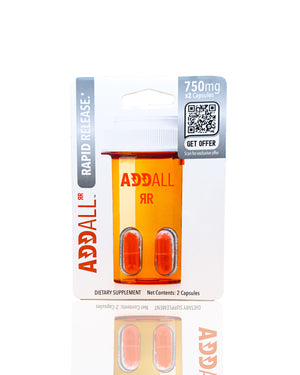
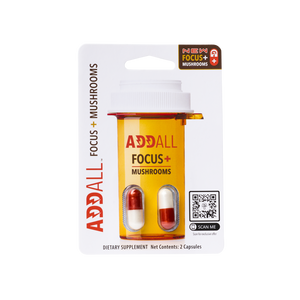

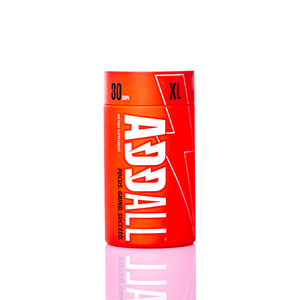
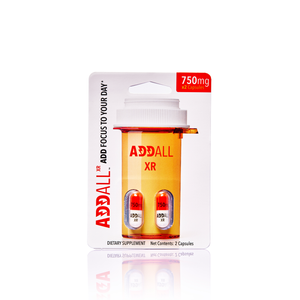
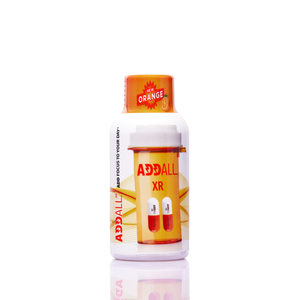

 Addall XR
Addall XR
 Addall XL
Addall XL
 Addall
Addall Addall
Addall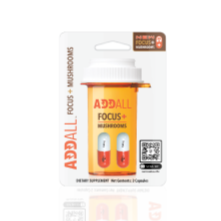 Addall
Addall Addall
Addall
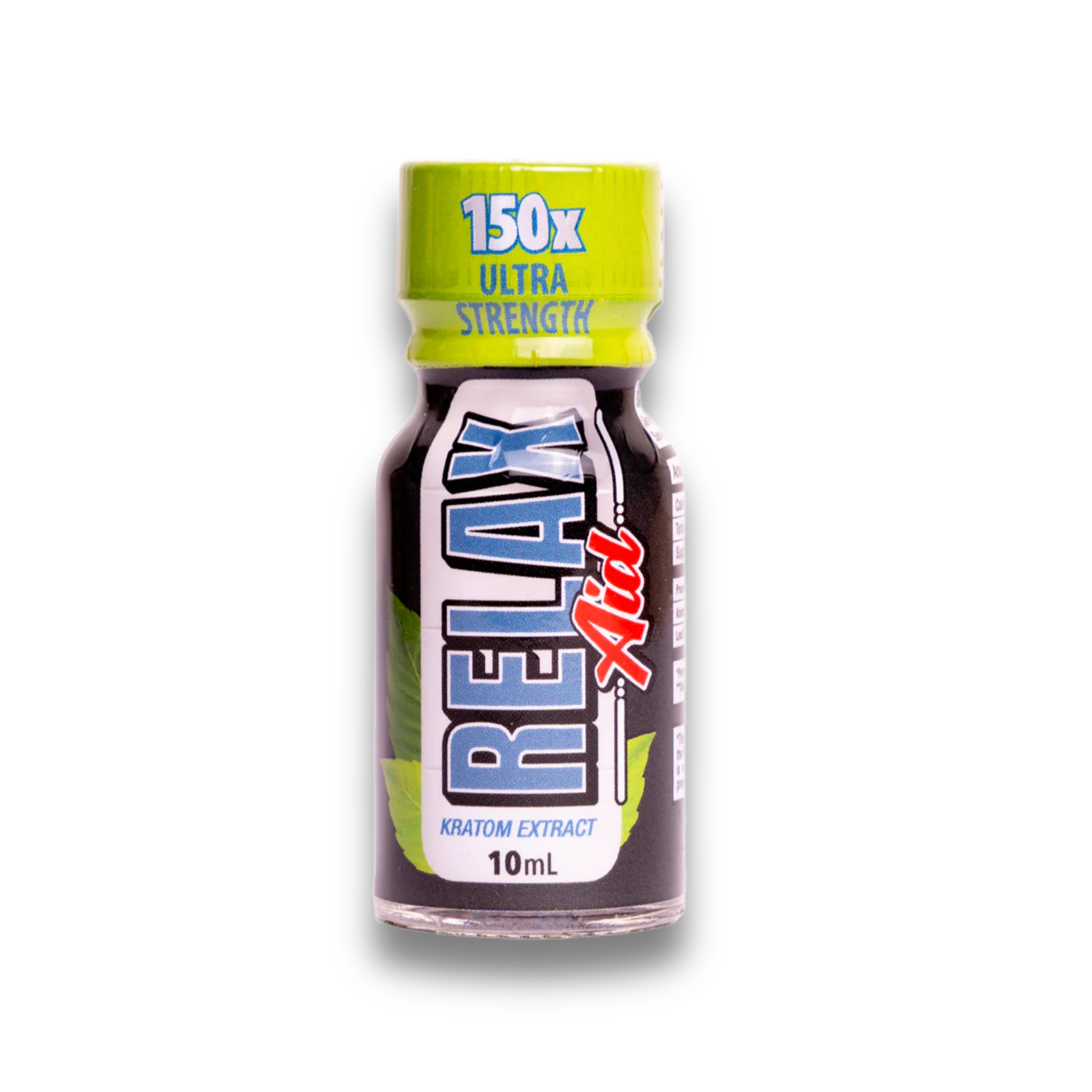 RelaxAid
RelaxAid
 Compare
Compare



















































